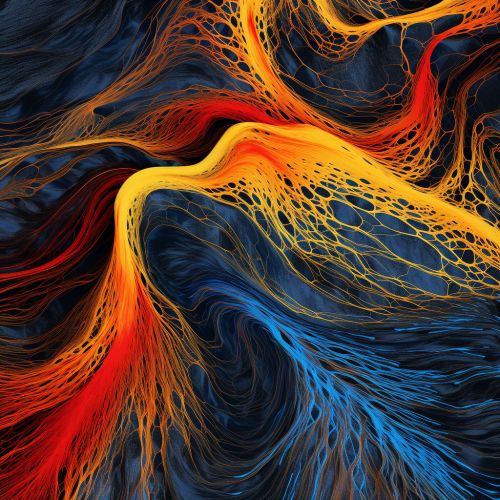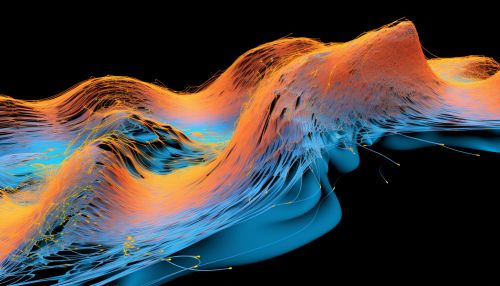Large Eddy Simulation
Overview
Large Eddy Simulation (LES) is a mathematical model used in the field of computational fluid dynamics (CFD) to approximate the turbulent flow of fluids. This technique, which is a subset of the more general Navier-Stokes equations, allows for the direct simulation of large-scale flow structures, while modeling the smaller-scale structures. LES has found wide application in various fields including meteorology, oceanography, and engineering.
Mathematical Formulation
The mathematical foundation of LES is based on the Navier-Stokes equations, which describe the motion of fluid substances. In LES, these equations are spatially filtered, resulting in a set of equations that govern the motion of the filtered or "resolved" scales of motion. The effect of the unresolved scales on the resolved scales is represented by a subgrid-scale (SGS) model.
Spatial Filtering
The spatial filtering operation is a mathematical procedure that separates the large eddies, which are directly resolved, from the small eddies, which are modeled. The filtered velocity field is obtained by convolving the instantaneous velocity field with a filter function. This function is designed to allow large eddies to pass through while attenuating small eddies.
Subgrid-Scale Modeling
The subgrid-scale modeling in LES is necessary to account for the effects of the small eddies that are not directly resolved. These small eddies can have a significant impact on the large eddies, and hence, on the overall flow field. Various SGS models have been proposed, including the Smagorinsky model, the dynamic model, and the scale-similarity model.
Applications
LES has been applied in a wide range of fields to simulate turbulent flows. Some of the key applications are discussed below.
Meteorology
In meteorology, LES is used to simulate atmospheric boundary layer flows. These simulations provide valuable insights into the dynamics of the boundary layer and its interaction with the underlying surface.
Oceanography
LES is also used in oceanography to simulate oceanic turbulence. These simulations help in understanding the role of turbulence in the transport of heat, salt, and other tracers in the ocean.
Engineering
In the field of engineering, LES is used to simulate turbulent flows in various applications, such as combustion in engines, flow over aircraft wings, and flow in pipes and channels.
See Also
- Direct Numerical Simulation
- Reynolds-averaged Navier-Stokes equations
- Turbulence modeling
- Computational Fluid Dynamics


